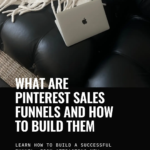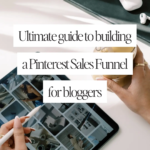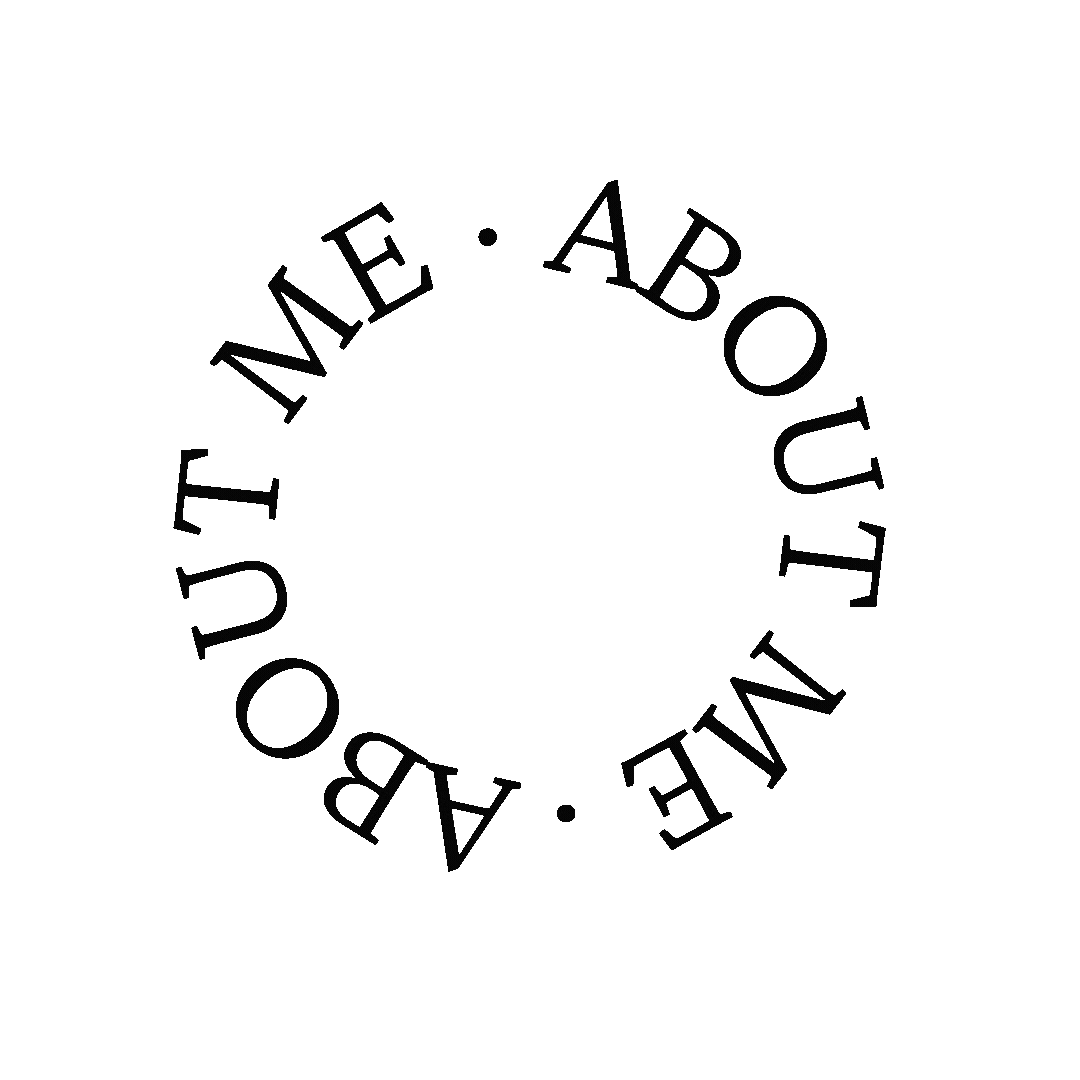Struggling to turn your Pinterest traffic into real conversions? You’re not alone. Many marketers create stunning pins but fail to see meaningful results in sales or leads. It’s frustrating to watch your efforts go to waste, especially when Pinterest’s 450 million active users represent a goldmine of potential customers.
But what if you could transform your Pinterest presence into a powerful, conversion-driving machine? That’s where Pinterest funnels come in – the secret weapon smart marketers use to turn casual pinners into eager buyers.
In this post, we’ll dive into the world of Pinterest funnels and show you how to build one that captures attention, nurtures interest, and drives action. Ready to unlock Pinterest’s true potential for your business? Let’s get started!

What is a Pinterest Funnel?
First things first, let’s talk about what a Pinterest funnel is. Simply put, a Pinterest funnel is a strategic way of using the platform to guide your customer journey, from initial awareness all the way to conversion.
Unlike traditional sales funnels or marketing funnels, which often focus on a specific product or service, Pinterest funnels are all about building brand awareness, driving traffic, and nurturing potential customers. It’s a multi-layered approach that can change the way people use Pinterest – as a visual discovery platform.
The Stages of a Pinterest Funnel Include
- Awareness: Catching the eye of your target audience with eye-catching, valuable pins.
- Interest: Inspiring your audience to engage with your content and learn more about your brand.
- Desire: Position your products or services as the solution to your audience’s problems.
- Action: your audience to take the desired conversion action, whether that’s making a purchase, signing up for a newsletter, sharing a freebie lead magnet like a checklist or something else that your ideal client can find value in.
The Importance of Pinterest Funnels in Marketing
Now, you might be wondering, “Why should I bother with Pinterest funnels when I’ve got other marketing channels to focus on?” Well, let me tell you, Pinterest is a force to be reckoned with when it comes to driving conversions and shouldn’t be ignored along with an overall email marketing strategy.
Did you know that Pinterest users are 2.6x more likely to make a purchase compared to users of other social media platforms? And, get this, the average order value for Pinterest refers whopping 126% higher than other social channels. Crazy, right?
By harnessing the power of Pinterest funnels, you can amplify your brand’s reach, capture the attention of your target audience, and turn those pinners into loyal customers. It’s a win-win-win situation!
Key Components of a Successful Pinterest Funnel
Alright, now that we’ve got the why out of the way, let’s talk about the how. Building a successful Pinterest funnel in your Pinterest strategy involves several key components:
- Visual Content Creation: Pinterest is all about visuals, so you need to bring your A-game when it comes to creating eye-catching, thumb-stopping pins. Think high, and even short, snackable videos.
- Call-to-Action (CTA) Strategies: Your pins and landing pages need to have clear, compelling CTAs that guide your audience through the funnel. Whether it’s a “Shop Now” button or a “Sign Up” form, make sure your CTAs are irresistible.
- Landing Page Optimisation: Your landing pages or sales pages are the heart of your Pinterest funnel, so you need to make sure they’re optimised to convert. Think clean, user-friendly design, persuasive copy, and a seamless user experience.

Step-by-Step Guide to Building Your Pinterest Marketing Funnel
Ready to start building your own killer Pinterest funnel? Here’s a step-by-step guide to get you started:
Step 1: Define Your Target Audience
The first step is to get crystal clear on who your ideal customer is. What are their demographics, interests, and pain points? Use Pinterest’s analytics and audience insights to dive deep into your ideal audience.
Step 2: Set Clear Goals
Before you start creating content, it’s important to define what you want to achieve with your Pinterest funnel. Are you looking to drive more traffic to your website? Increase brand awareness? Generate more leads by attracting new customers? Set SMART (Specific, Measurable, Achievable, Relevant, and Time-bound) goals to keep you on track.
Step 3: Create Engaging Pinterest Content
Now, it’s time to start creating the backbone of your funnel your pins. Focus on creating visually stunning, value-packed content that speaks directly to your target audience. Think tutorials, infographics, product showcases, and more.
Step 4: Optimise Your Profile and Boards
Your Pinterest profile and boards are the foundation of your funnel, so make sure they’re optimised to the nines. Craft compelling board titles and descriptions, use relevant keywords, and create a cohesive, on-brand aesthetic.
Step 5: Drive Traffic to Your Funnel
Once your funnel is set up, it’s time to start driving traffic to it. Create a mix of organic content (likening consistently and engaging with your audience) and paid tactics (like Pinterest Ads) to get your pins in front of the right people.
Step 6: Analyse and Optimise Your Pinterest Sales Funnel
The work doesn’t stop there, my friends. Continuously perform your Pinterest funnel and make adjustments based on the data. Optimise your Pinterest profile, track your key metrics, identify what’s working (and what’s not), and refine your strategy accordingly.
There you have it, folks – the ultimate guide to easily building a Pinterest funnel and levelling up your Pinterest marketing strategy. By following these steps, you’ll be well on your way to turning Pinterest into a lead-generating, sales-driving machine for your business.
So, what are you waiting for? Get out there, and start to pin your conversions soar! And don’t forget to let us know how it goes in the comments below. Happy Pinning!



















This was such an informative read! I’m always learning something new when it comes to Pinterest. Thanks for sharing!
So glad you found it useful.